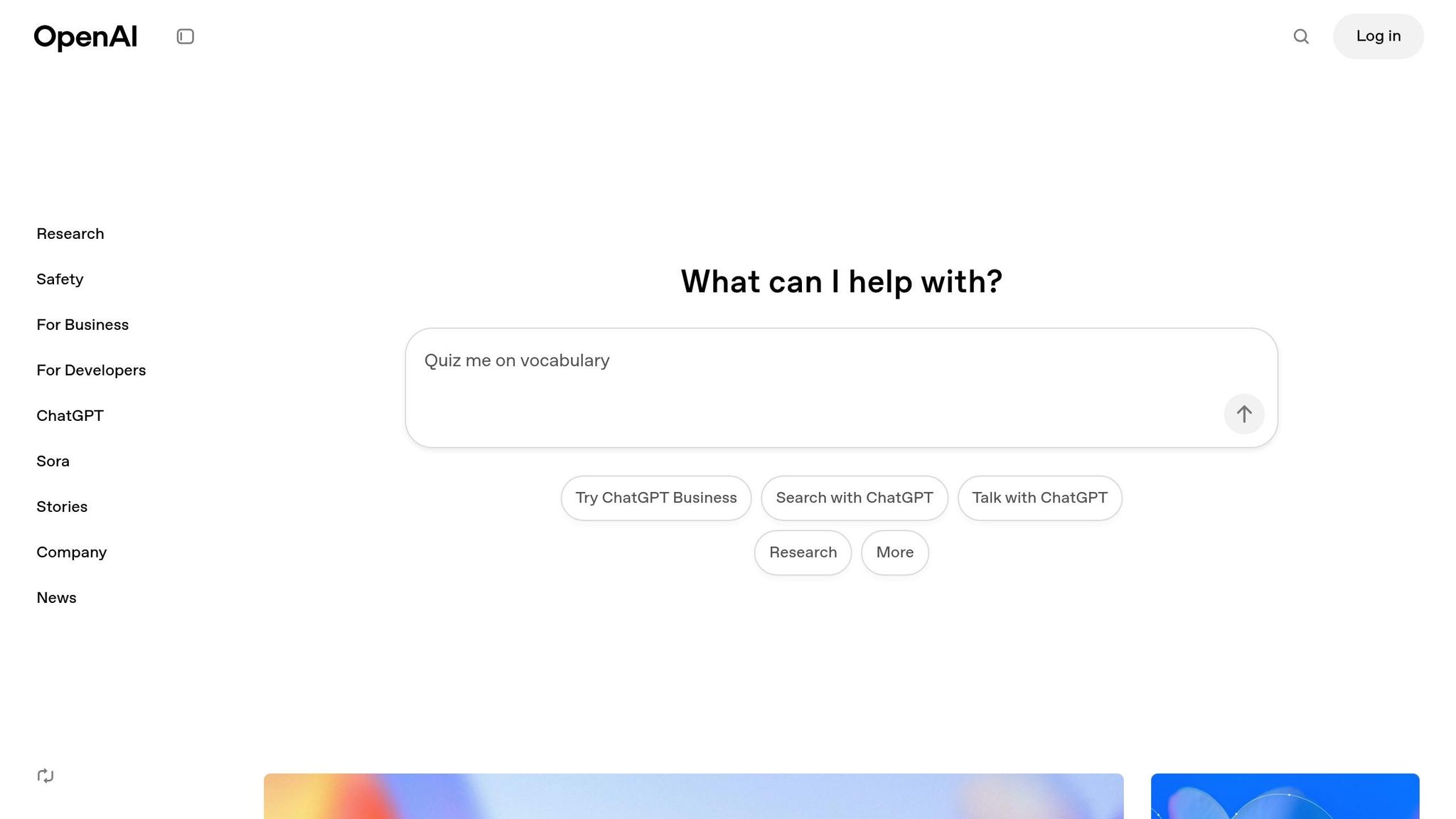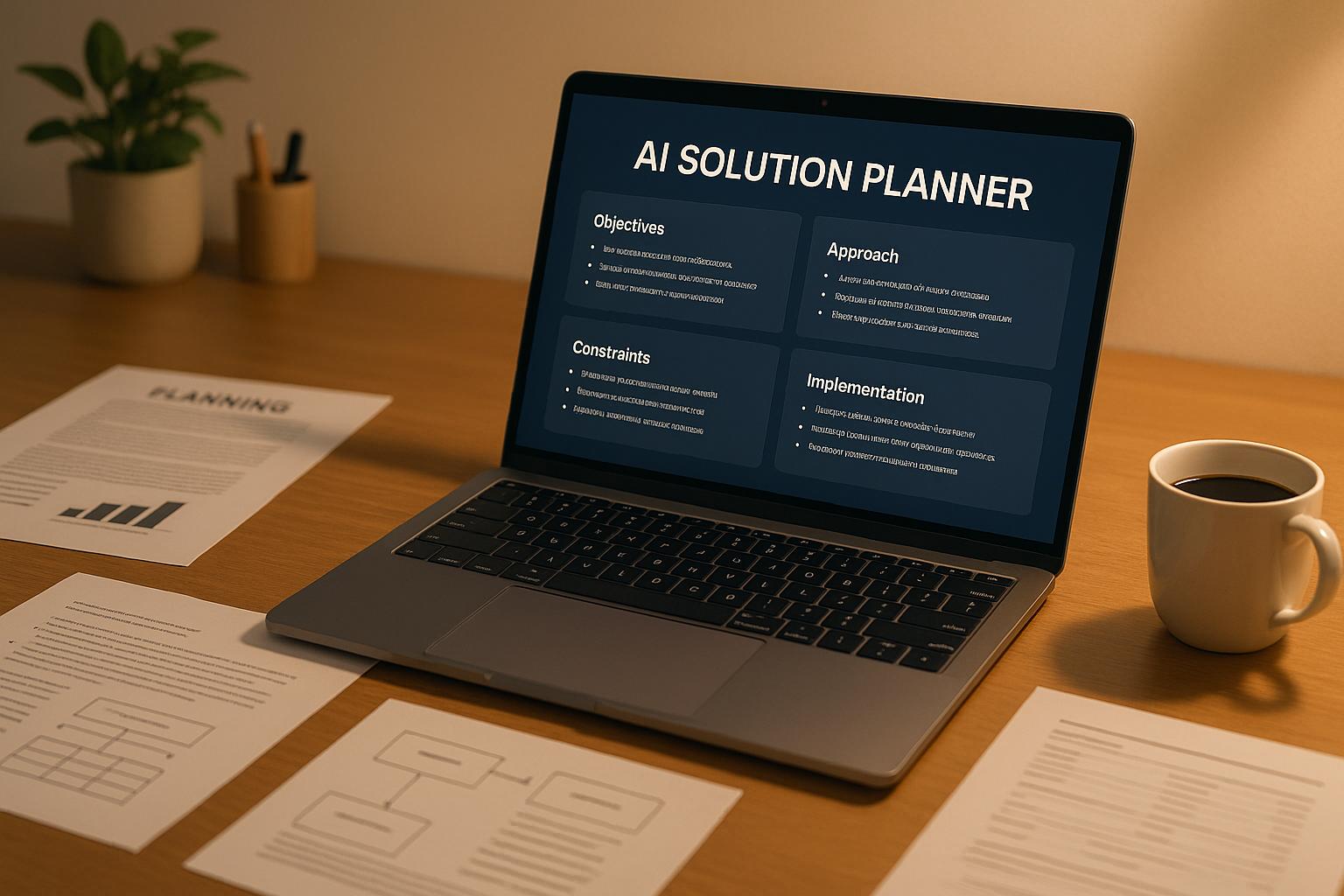Creating a full content package for blogs and social media channels can feel like an overwhelming, day-long task. Researching, writing, formatting, and adapting content for different platforms is not only time-consuming but often exhausting. However, with advancements in artificial intelligence (AI), there’s now a smarter way to tackle this process.
In this guide, we unpack a transformative AI workflow that enables you to generate an entire content package - including a blog post, social media campaigns, and organized storage - in just five minutes. Whether you’re a business owner, educator, student, or creator, this article will help you understand how to leverage AI tools for productivity and creativity.
Let’s dive into how to set up this automation step-by-step, explore its impact, and understand why it’s a game-changer for content creators and beyond.
The Problem: Manual Content Creation is Time-Consuming
For anyone involved in content creation, the process often includes:
- Hours spent on research to gather necessary information.
- Writing, editing, and formatting long-form content like blog posts.
- Adapting that content to suit the requirements of different social media platforms like Twitter, LinkedIn, and Instagram.
- Storing the data and notifying stakeholders of the completed work.
This workflow could easily take an entire day of work - or longer. But what if you could delegate these tasks to an AI agent and get the same results in just a few minutes?
The Solution: Automating Content Creation with AI
By designing a simple yet powerful workflow using AI tools, you can automate this entire process. Here’s what the automation accomplishes:
- Conducts research on your topic with AI tools like OpenAI’s GPT-4.
- Generates a full blog post tailored to your target audience.
- Adapts the blog content into platform-specific social media posts.
- Saves the content systematically in Google Sheets.
- Sends you an email notification about the completed package.
Not only does this save time, but it also dramatically cuts costs while scaling productivity.
Step-by-Step Guide to Building the Automation Workflow
Step 1: Setting Up the Workflow Trigger
Begin by using a platform like Make.com, which allows you to build automation scenarios. Start with a webhook module to act as the entry point for your workflow. A webhook is essentially a URL that receives data and triggers the automation.
- Action: Create a custom webhook URL in Make.com.
- Test: Use a sample JSON (data format) to validate the webhook connection.
This initial setup ensures your automation can accept triggers with dynamic input data, such as topic, target audience, and content length.
Step 2: Conduct Research with OpenAI

The next step is to add an OpenAI module to handle research tasks. This module will use GPT-4 to generate structured, topic-specific research insights.
- Action:
- Connect to OpenAI via an API key.
- Configure the parameters like the desired model (e.g., GPT-4.0) and input prompts.
- Use the webhook data (e.g., topic and audience) to dynamically create prompts.
- Output: A detailed research report that forms the foundation of your content.
This stage eliminates hours of manual research by providing accurate and comprehensive information instantly.
Step 3: Generate Blog Content
With the research complete, add another OpenAI module to generate your blog post. This step uses the output from the research phase as its input.
- Action:
- Set the AI model to create a long-form blog post.
- Use dynamic data mapping to integrate the original topic, target audience, and research findings into the content.
- Configure the output to ensure the blog meets your desired word count and tone.
This automation, known as AI chaining, leverages the specialized capabilities of each module to produce well-structured, polished content.
Step 4: Adapt Content for Social Media
Modern content marketing requires a multi-platform approach. The next step is to transform the blog post into platform-specific social media posts.
- Action: Add a content adaptation module (e.g., GPT-4) that creates posts tailored for different platforms:
- Twitter: Short, engaging threads.
- LinkedIn: Professional and insightful posts.
- Instagram: Visually focused captions with storytelling.
By automating this step, you ensure that your content resonates with each platform’s unique audience without additional manual effort.
Step 5: Store and Notify
Finally, organize the produced content and notify relevant stakeholders.
-
Storage:
- Use a Google Sheets module to log the content package.
- Include fields like date, topic, target audience, blog content, and social media outputs.
-
Notification:
- Set up an email module to send a summary of the completed package.
- Include key details like the topic and links to the stored content.
This ensures that everything is documented, accessible, and distributed efficiently.
The ROI of AI-Powered Content Creation
By automating this workflow, the time and cost savings are staggering. Let’s break it down:
- Manual Process: 8 hours per package at $50/hour = $400.
- Automated Process: 3 minutes per package at $2 in API costs.
- Savings per Package: $398.
- Weekly Savings (5 packages): Nearly $2,000.
- Yearly Savings: Approximately $100,000.
More importantly, this process allows for scalability. Whether you’re managing content for one client or a hundred, the workflow can be replicated effortlessly, enabling unlimited growth without additional workload.
Key Takeaways
- AI Workflows Save Time: Automating content creation reduces tasks that take hours into a matter of minutes.
- Comprehensive Content Packages: Generate a blog post, research data, and social media campaigns in one workflow.
- Dynamic Personalization: Use dynamic input (e.g., topic, audience) to ensure each output fits specific needs.
- Cost-Effective: Save hundreds of dollars per project by replacing manual labor with $2 worth of API usage.
- Scalable Solution: The workflow can handle unlimited requests, making it ideal for freelancers, agencies, and businesses.
- Practical Use Cases: Perfect for blog marketing, brand promotion, and social media management.
- Accessible for Beginners: Platforms like Make.com and OpenAI make it easy to set up - even without prior coding knowledge.
Conclusion
Automating content creation with AI is no longer a futuristic dream; it’s a practical tool that anyone - from beginners to seasoned professionals - can adopt today. With just a few steps, you can build a workflow that transforms the way you create and manage content, saving time, reducing costs, and unlocking new opportunities for growth.
Whether you’re a business owner looking to scale operations or a creator eager to amplify your productivity, this AI-powered approach can help you achieve your goals with minimal effort. It’s time to embrace the power of automation and let AI handle the heavy lifting so you can focus on what truly matters: strategy, creativity, and impact.
Source: "How to Build an AI Agent That Makes a Full Content Package in 5 Minutes (Step-by-Step) - 2025" - Dan - Smart Tutorials, YouTube, Sep 1, 2025 - https://www.youtube.com/watch?v=YA9QI-dcjTw
Use: Embedded for reference. Brief quotes used for commentary/review.



